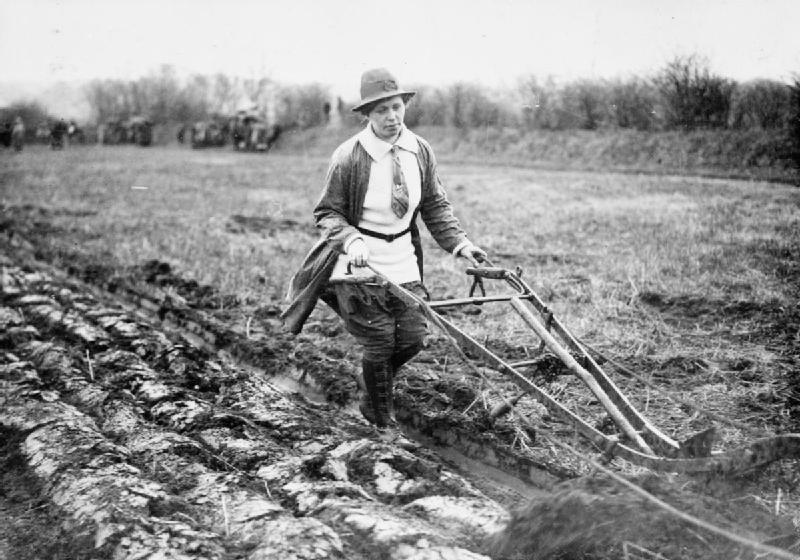
Who produces what we eat? Who cooks? Where? And for whom? These seemingly ordinary questions reveal the dynamics underlying many of our every day experiences around food. Who cooks at home and who does so at a restaurant? Who cooks as a profession and who does so as a form or caregiving? Whose job is it to grow and sell food? Ideas and practices around these issues have been slowly changing in terms of gender roles, in particular when it comes to the daily toil of food production, procurement, and preparation, as well as feeding family and children in a domestic setting. However, women still carry out numerous food tasks, many of them invisible. In the contemporary cultural landscape, the shifting connections between food and women deserve attention.
Two recent books tackle very different aspects of the relation of women to food. Food, Feminisms and Rhetorics, edited by Melissa A. Goldthwaite, focuses on the narratives and stories that have been told by, to, and about women and food. The authors in this essay collection ask themselves how female voices, frequently silenced in history, can be heard in unprecedented ways if we look at the way they expressed themselves around cooking, eating, and thinking about food. Who tells a story has the power to determine its meaning, and plenty of stories can be told through food. As Goldthwaite states in the introduction to the volume, “messages we receive can shape the way we view, define, and feel about food, ourselves and others. Food-related practices can affect personal choices, purchases, relationships, traditions, and political actions. But those messages can also be reflected on, questioned, viewed, differently, and sometimes changed.”
Feminist scholars have been looking at food not only as an instrument of exploitation and oppression of women, but also as a form of communication, creativity and, at times, empowerment. The work of Arlene Avakian, Barbara Haber, Sherrie Inness, Psyche Williams-Forson and Alice Julier, to mention a few, has been crucial to rethink the role of women in all things food. This new book builds on those premises, concentrating on representations and how images and words have an impact on values and behaviors. The contributors examine various aspects of women’s reflections and interactions with food, from cookbooks and recipes to literature and TV.
While Food, Feminisms, Rhetorics focuses on the power of visual and verbal narratives, Women in Agriculture: Professionalizing Rural Life in North America and Europe, 1880-1965, edited by Linda M. Ambrose and Joan M. Jensen, explores a relatively little known aspect of women’s involvement with food: its production. The essays present an intriguing and original gallery of female professionals and their contributions to agriculture, which has often gone unacknowledged. The editors explain: “Early agrarian professional women worked with food in commodity science, rural sociology, and marketing of agricultural products. Others were social scientists who surveyed and interviewed rural women about their roles as farmworkers, producers, and marketers of food products. Education, both formal and informal was crucial to changing attitudes about what were considered appropriate kinds of agricultural work for women… Most of these professionals believed in the power of women’s collective efforts to transform their own lives and reform their communities.” The essays in the volume look at different periods, geographical areas, social classes and ethnicities, demonstrating how the involvement of women in agricultural work is a universal phenomenon. These reflections are particularly important in developing countries, where to this day women’s role and impact in rural production is too frequently ignored, with severe consequences in terms of resource allocation and justice.

Comments are closed.